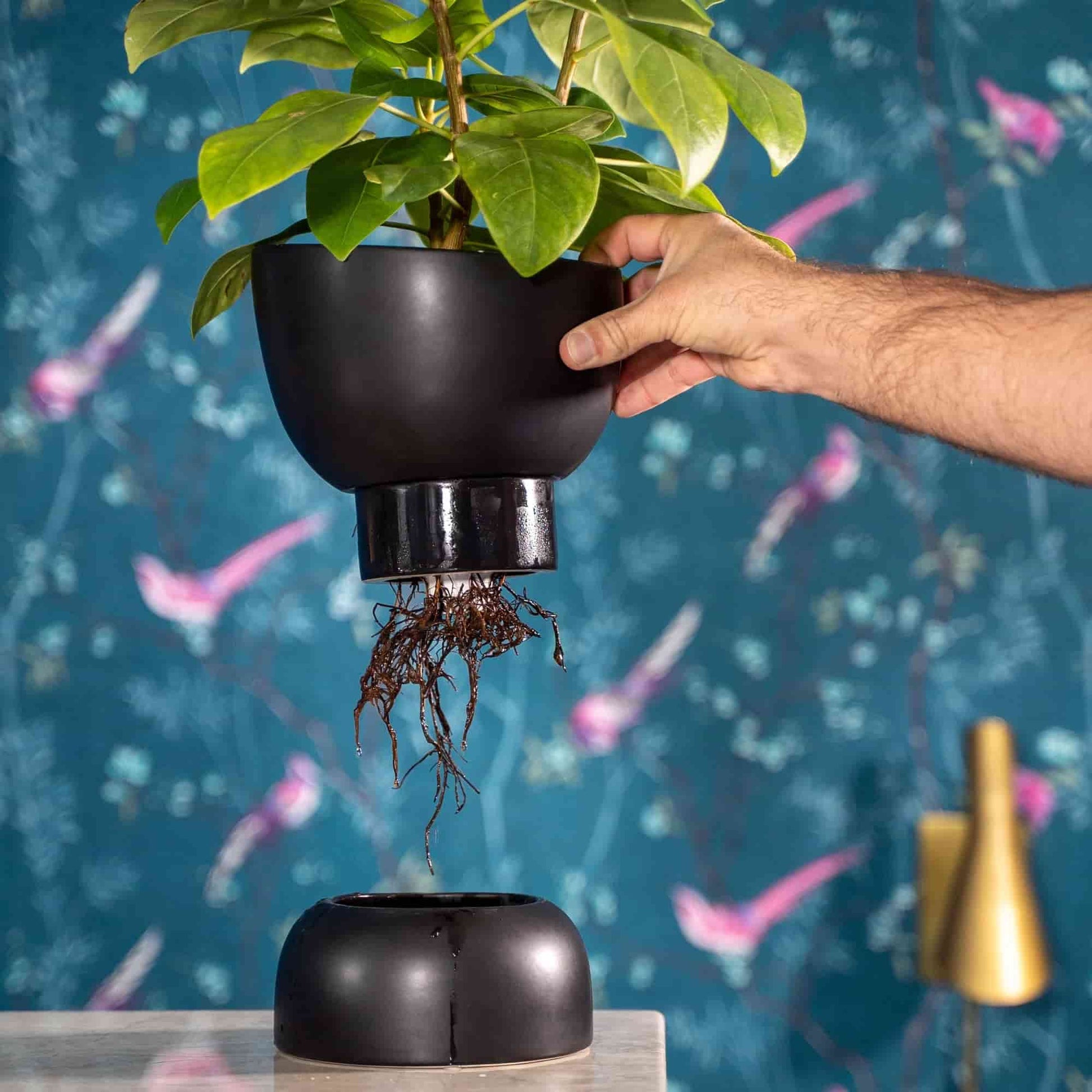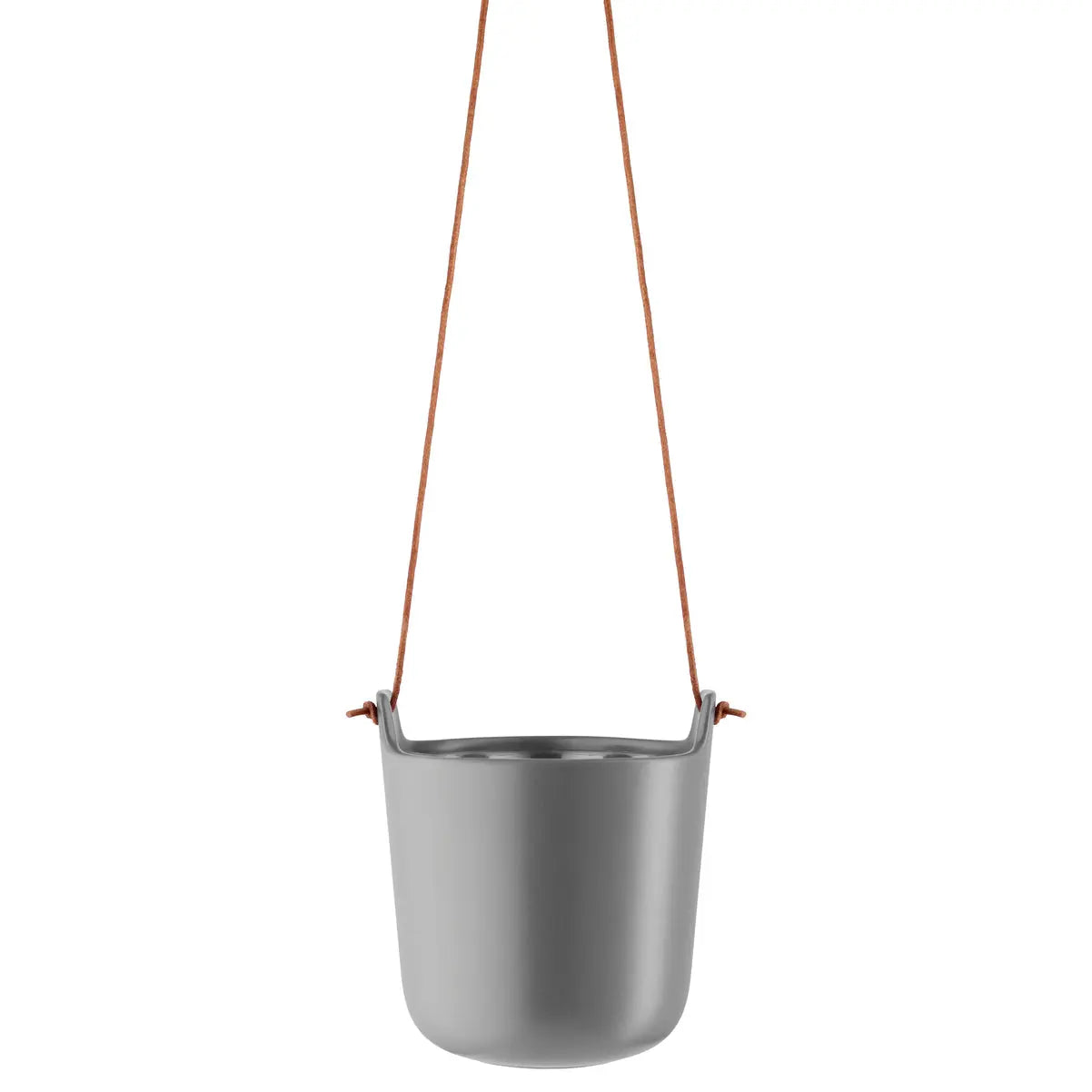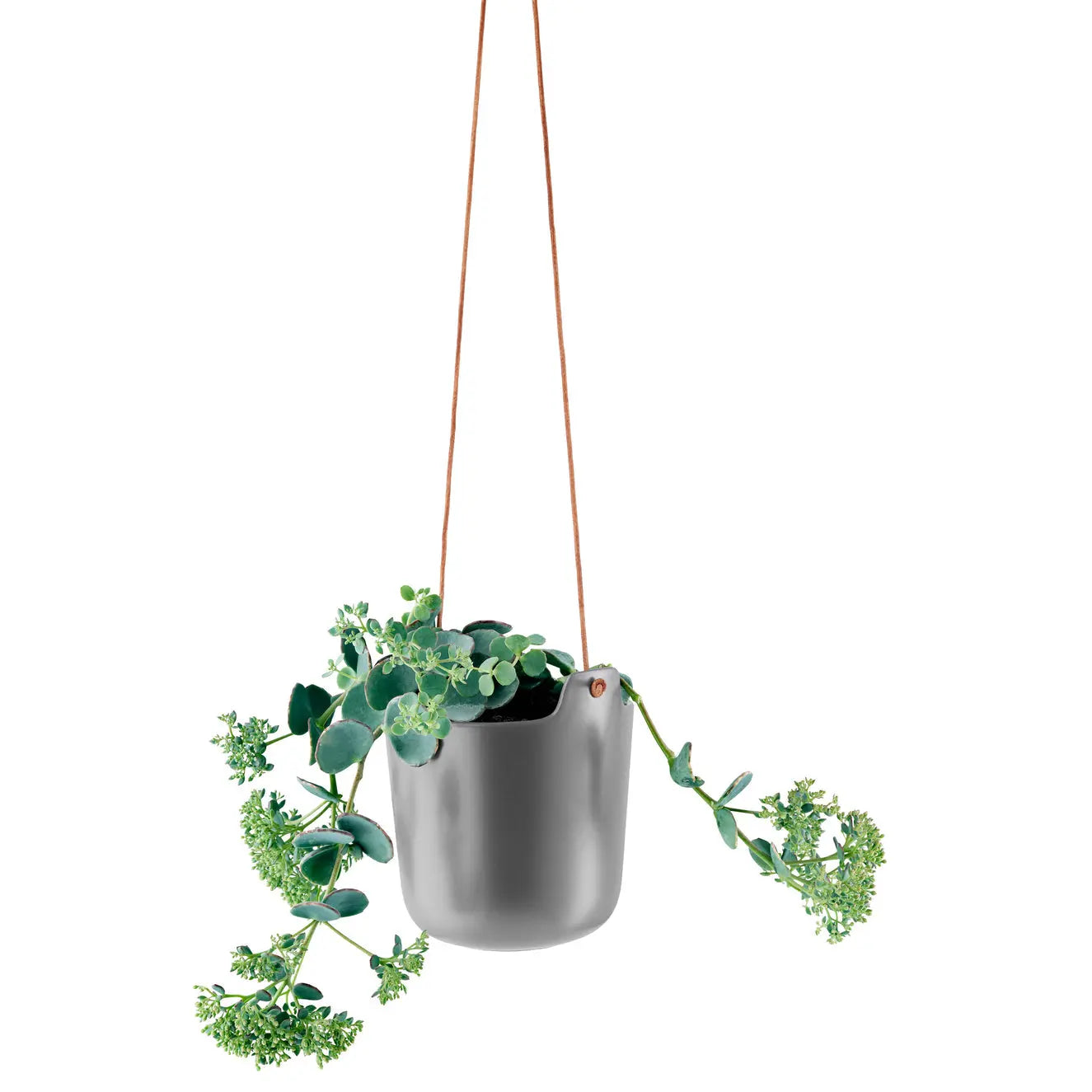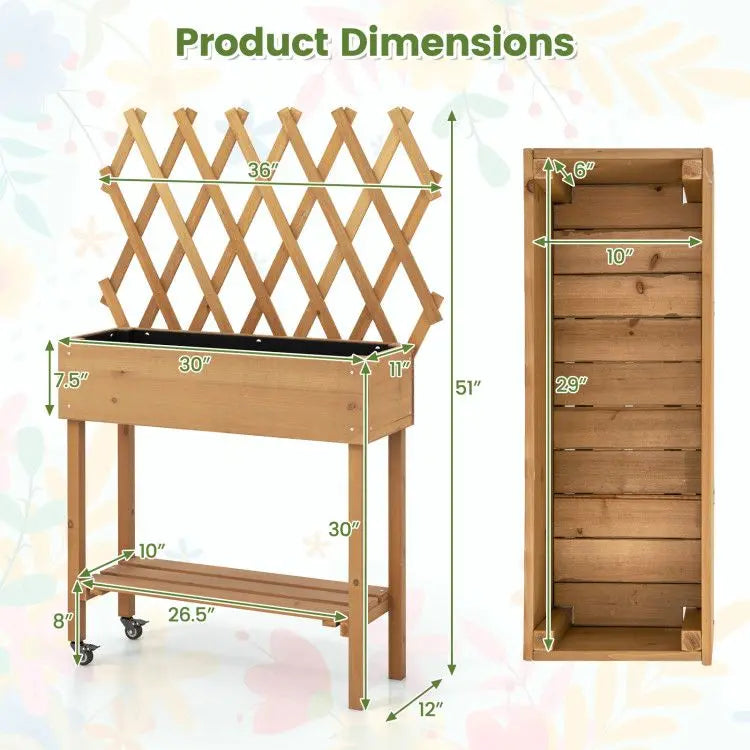Terrariums are a wonderful way to bring a piece of nature into your home, offering a beautiful, low-maintenance way to display plants. Whether you’re an experienced plant lover or just getting started, choosing between an open terrarium and a closed terrarium is essential to ensuring your miniature ecosystem thrives. Both options have unique benefits, and understanding their differences will help you decide which is right for you. In this guide, we’ll explore the characteristics, advantages, plant options, and care tips for both open and closed terrariums.
What is a Terrarium?
Before diving into the types, let’s define what a terrarium is. A terrarium is a glass container—often jar- or bowl-shaped—used to house small plants. They act as self-contained ecosystems, allowing you to enjoy greenery in a compact and decorative way. Depending on whether the terrarium has a lid or remains open, the environment inside can vary, influencing the type of plants you can grow.
Open Terrariums
An open terrarium is any glass container without a lid or one that has a wide opening. These terrariums allow airflow and do not trap humidity, making them ideal for plants that prefer drier conditions.
Benefits of Open Terrariums
- Low Humidity: Open terrariums do not trap moisture, so they’re perfect for plants that require good airflow and dry soil.
- Easy Maintenance: Without a sealed environment, plants are less likely to suffer from mold or excess moisture.
- Aesthetic Versatility: Open terrariums can showcase a variety of styles, such as desert landscapes, succulent arrangements, or minimalist displays.
- Breathability: The open design reduces the risk of overwatering, as excess moisture evaporates easily.
Best Plants for Open Terrariums
Since open terrariums are ideal for arid or drier environments, the following plants thrive best:
- Succulents: These low-maintenance plants, such as echeveria, jade, and sedum, store water in their leaves and prefer dry air.
- Cacti: Miniature cacti are excellent choices due to their drought-tolerant nature.
- Air Plants (Tillandsia): These unique plants absorb water through their leaves and require good airflow.
- Herbs: Certain herbs, like rosemary or thyme, can thrive in an open terrarium with adequate sunlight.
Care Tips for Open Terrariums
- Water Sparingly: Overwatering is the leading cause of plant failure in open terrariums. Water only when the soil is completely dry.
- Bright, Indirect Light: Place your open terrarium in a well-lit space, such as near a window, but avoid direct sunlight, which can overheat the plants and glass.
- Monitor for Pests: Occasionally inspect for pests, like gnats or mealybugs, and remove them immediately.
- Good Drainage: Use gravel or stones at the bottom of your terrarium to ensure excess water doesn’t accumulate in the soil.

Closed Terrariums
A closed terrarium is a sealed glass container with a lid, creating a self-sustaining, humid environment. Water evaporates and condenses inside, mimicking a natural water cycle.
Benefits of Closed Terrariums
- High Humidity: The sealed environment traps moisture, making closed terrariums ideal for tropical and humidity-loving plants.
- Self-Sustaining: Closed terrariums require minimal watering due to their natural water recycling system.
- Low Maintenance: With the right balance of moisture and light, closed terrariums can thrive for months with minimal care.
- Visually Stunning: The condensation on the glass and lush greenery create a rainforest-like, enchanting appearance.
Best Plants for Closed Terrariums
Closed terrariums are ideal for plants that thrive in high humidity and limited airflow, such as:
- Ferns: Boston ferns, maidenhair ferns, and button ferns are excellent choices for a closed environment.
- Moss: Moss thrives in the high humidity of closed terrariums and adds a soft, forest-like texture.
- Fittonia (Nerve Plant): These colorful plants with vein-like leaves love the consistent moisture of closed terrariums.
- Pothos: Known for its hardiness, pothos grows well in humid, low-light environments.
- Peperomia: This compact plant does well in high humidity and adds visual interest with its unique leaves.
Care Tips for Closed Terrariums
- Minimal Watering: Once established, closed terrariums need very little water—only when condensation stops forming on the glass.
- Avoid Direct Sunlight: Direct sun can overheat the terrarium, causing the plants to "cook" due to the trapped heat. Place it in bright, indirect light instead.
- Ventilate When Needed: If you notice excessive condensation or mold, remove the lid temporarily to allow airflow.
- Prune Regularly: Trim plants to prevent overcrowding and maintain a neat appearance.
Key Differences: Open vs. Closed Terrariums
| Feature | Open Terrarium | Closed Terrarium |
|---|---|---|
| Humidity | Low humidity, drier environment | High humidity, moist environment |
| Best Plants | Succulents, cacti, air plants | Ferns, moss, tropical plants |
| Watering Needs | Water infrequently | Minimal watering, self-sustaining |
| Maintenance | Moderate, occasional watering | Low, once established |
| Aesthetic | Desert-like, minimalist | Rainforest-like, lush and green |
Which Terrarium is Right for You?
Choosing between an open and closed terrarium comes down to your plant preferences, maintenance style, and the environment in your home.
Choose an Open Terrarium If:
-
- You prefer low-humidity plants like succulents or cacti.
- You want a simple, dry, and airy setup.
- You have a well-lit space and enjoy a more minimalist aesthetic.
Choose a Closed Terrarium If:
-
- You love tropical, humidity-loving plants like ferns and moss.
- You prefer a low-maintenance, self-sustaining setup.
- You want a lush, rainforest-like look for your decor.
Final Thoughts
Terrariums, whether open or closed, offer a creative and compact way to grow plants indoors while adding a touch of natural beauty to your home. Open terrariums are ideal for arid plants and low-maintenance care, while closed terrariums cater to tropical plants that thrive in humidity.
By understanding the needs of your plants and the differences between the two glass terrarium types, you can confidently create a miniature garden that suits your style and environment. Whether you’re drawn to the rugged beauty of succulents or the lush greenery of ferns, there’s a terrarium option that’s perfect for you.
So, which will it be—an open, airy desert or a self-sustaining tropical oasis? The choice is yours, and either way, you’re bound to bring a little piece of nature’s magic into your space!






























0 comments